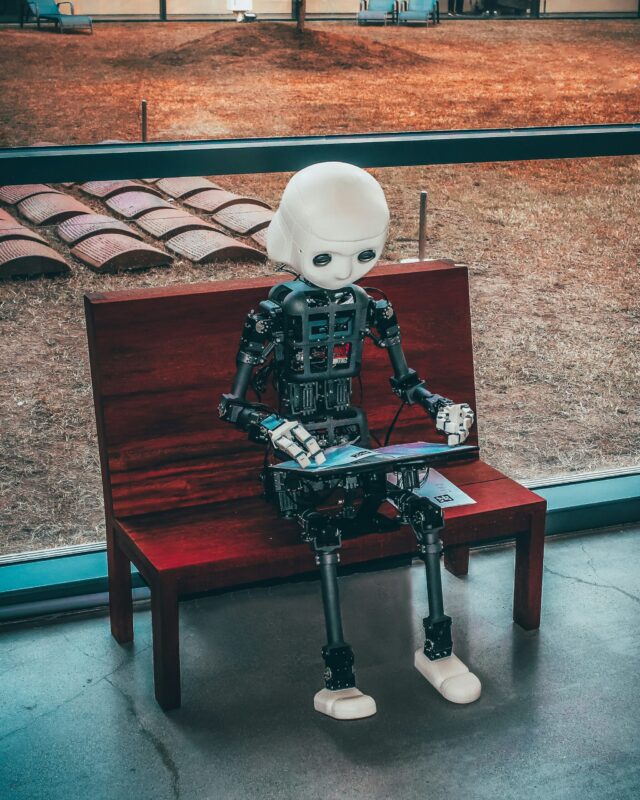Having worked on various agile projects for clients in different industries from Commerce, Internal Corporate system, to Fintech and Dropship industry, I’m writing this article to share what I learned from these agile projects as a UX designer.
Table of Contents
ToggleWhy Agile?
When people talk about agile, they all have their own opinions about it. However, not everyone knows the original principles of being agile and the stories behind it.
Traditionally, companies were using waterfall development method for software development. This method is highly structured process originated in the manufacturing and construction industries. This method also extremely expensive on make design changes at the later stage of the development process.
Agile vs Waterfall
Comparing with waterfall method, be agile is more flexible and faster. It encourages iterative and incremental design and development, which works better in today’s fast-paced environment in the tech industry.
Waterfall vs Agile (http://designdrizzle.com)
I have experienced waterfall development and it is not so good. Because, in project kickoff, we must bring the complete documentation of the project, and so many design changes are not billed on the project development. The effect is the timeline of development become delayed and so ruined.
However, it is different in agile development. Minimum Viable Product (MVP) in agile development is on the run and the iteration in every sprint is smoothly documented. Also, agile development uses design sprint for development to validate so can solve their business problems. For the price, using agile development is cheaper because using a man hour. Also, the changes are flexible on every sprint.
Principles behind the Agile Manifesto
In total, there are 12 principles behind the Agile Manifesto. Here are some of them.
Welcome changing requirements, even late in development. Agile processes harness change for the customer’s competitive advantage.
Deliver working software frequently, from a couple of weeks to a couple of months, with a preference to the shorter timescale.
Continuous attention to technical excellence and good design enhances agility.
Simplicity — the art of maximizing the amount of work not done — is essential.
The best architectures, requirements, and designs emerge from self-organizing teams.
At regular intervals, the team reflects on how to become more effective, then tunes and adjusts its behavior accordingly.”
What UX Designers Need to Have in Agile Development?
In an agile project, it is possible to transfer information between developers and users. This also involves testing at the start of a story to ensure the solution is validated with the users’ expectations.
Design Thinking Board from Design Thinking
The purpose of the design deliverable in an agile project is three-fold. So, the deliverable can be delivered faster by three times. Also, here are other benefits on design in agile project:
- It enables the communication of the design
- It provides the means to test an assumption about user needs
- It is a way to achieve needed decisions to advance the project.
However, in an agile project, the UX designer is very much part of the team and, as such, is as much responsible for the final product as the other team members.
Collaboration is key, and to encourage this, handoffs are discouraged. On the other hand, the working together, side by side, of the designer and the developer, is needed.
Suggestions for UX Designers Working on Agile Projects
- Be good in communication
Good in communication is the most crucial part of agile development. Keep communicating with the product owner, developers, and your users or clients. It is the best way to understand business requirements, technical limitations, and users needs of the product you are designing. It also helps reduce the misunderstands among the team members and increase efficiency.
2. Start working on the design at 1–2 sprint before the development
As UX designers, you must plan activities before the sprint occurs, which means being proactive and testing assumptions and tackling designs ahead of the rest of the team.
Avoid creating the design in the same sprint as the development. Work closely with product owner to understand the product backlog. Make sure you start work on the design challenges at least 1–2 sprints upfront.
It is important to take early steps to come up with good solutions for the business requirements and quickly test them out with some users before implementing it.
3. Do a user research even in a compressed agile timeline
Agile development is not just about being fast but iterate and build products that users like in a fast-paced environment. Get users involved in the design process and understand what they think about your product is the essential way to know if your product works or not.
Ideally, it is great to do user research every 2 weeks. However, if you have a limited budget, it is OK to have user research less often. You can just do the testing or use online user testing platforms like maze.design, which are cheaper ways of getting users and understanding users needs and frustrations.
Doing these user researches help designers understand better what first-time users and existing users experiences of the product/service, and also users learning curve of using it.
4. Work closely with developers
Communicate your ideas with people; not just designer, but also developers. I have worked with designers who hated working with developers. However, I think work closely with developers is the most efficient way for designers in the agile environment.
Involving developers in the design process earlier and get their opinions is important. It is a great way to understand design feasibility and technical limitations. It also makes developers feel involved and know upfront what they will build later on.
5. Get other team members involved in the user research sessions
GITS Indonesia’s Research Session Process
The best way to get other team members understand users are by inviting them to come to the user research sessions. It helps them understand how the users think about the products we designed and built.
6. Have a knowledge of Components
Have worked with different types of designers and developers, makes me think it is a great advantage for a designer if we can understand some Components.
Since I know Components in development, it helps me a lot while working with developers in the agile environment. I can easily understand what they are talking about and also able to talk in their “language”. Some designers I worked with before, they can hardly understand the developers and it takes them a bit more time to understand the technical limitations the developers mentioned.
Android Component/Layout View at Android Studio
I believe, no matter what professional background you have, it is always good to know other disciplines to communicate better with others.
So, that is why for UX design, agile methodology is better. Also, some tips to be a good UX designer in agile project. Thanks for reading! Hope you get some new insight today. 🙂
If you have your own insight about these, let’s discuss it on comment section.
Source:
Bonni Pratama Nugraha is an UX Designer at GITS Indonesia. He follows user-centred design approach on his work by aligning business goals and objectives with the needs of the users. He uses empathy as a core tool in his process to help create design solutions that are impactful to users.













